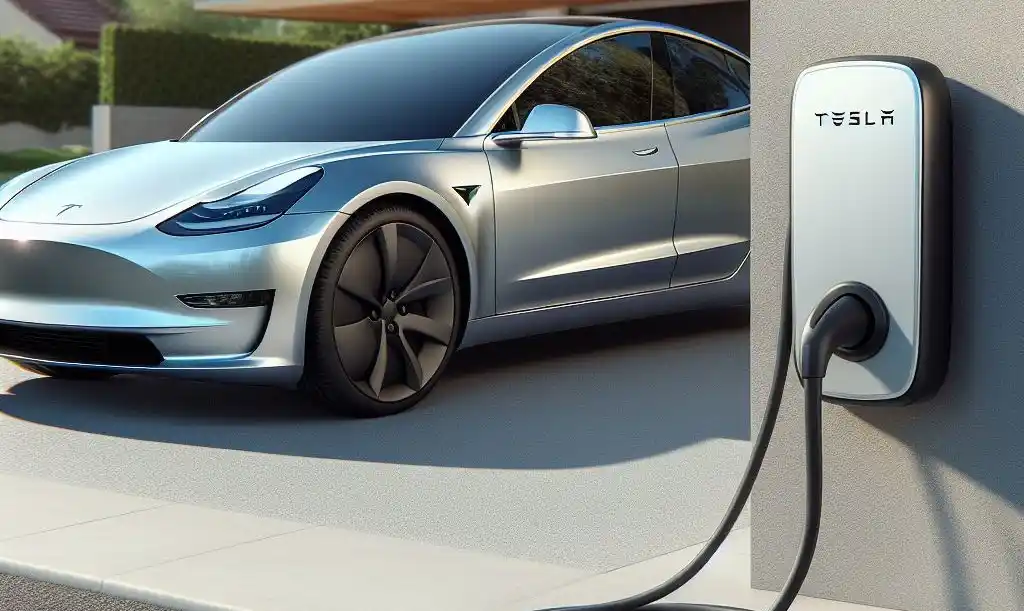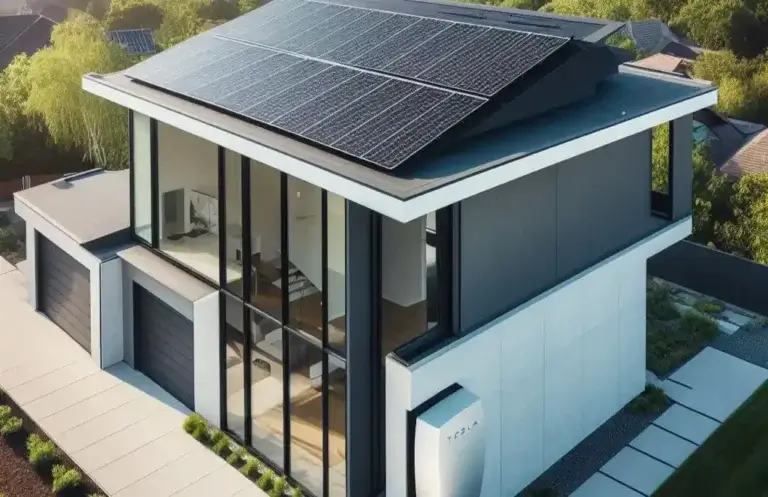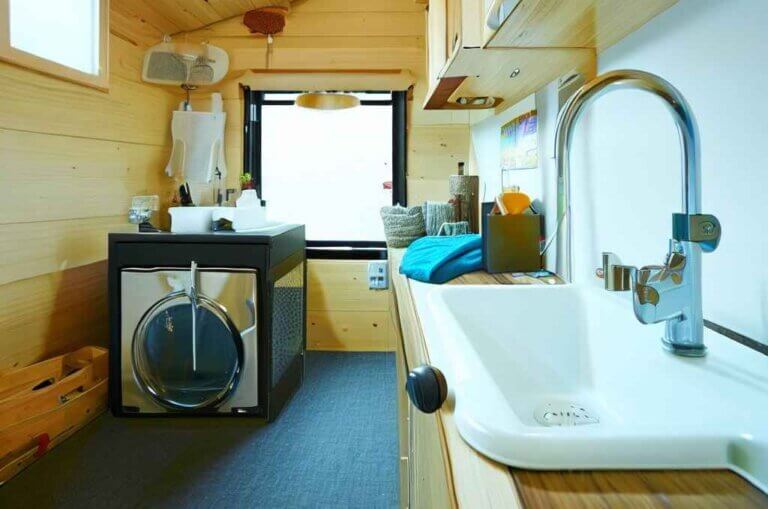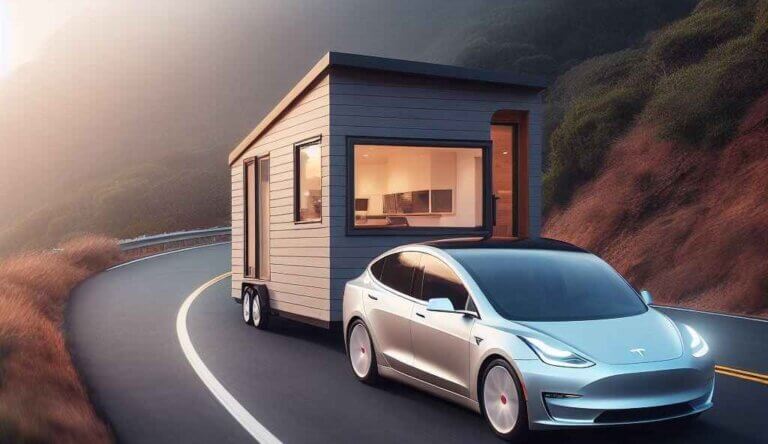6 Gauge Wire For Tesla Charger: Tesla Wall Charger Wire Guide
As electric vehicles continue to gain popularity, homeowners who own a Tesla are faced with the task of installing a reliable and efficient charging system. One of the most critical components in setting up a Tesla wall charger is choosing the right gauge wire. While there are various wire sizes available on the market, 6 gauge wire has emerged as the recommended choice for Tesla wall chargers.
In this comprehensive guide, we will delve into the reasons why a 6 gauge wire is the ideal solution, covering topics such as amperage requirements, safety considerations, and installation best practices.
Table of Contents
Understanding Amperage and Breaker Requirements for Tesla Chargers
What Amperage Do Tesla Chargers Require?
To understand the importance of 6 gauge wire for Tesla chargers, it is essential to grasp the amperage requirements of these charging systems. Tesla wall chargers are designed to deliver high-speed charging, typically ranging from 48 amps to 60 amps. This high amperage ensures that your Tesla model can charge at an optimal rate, reducing the time required to fully charge the vehicle’s battery.
Choosing the Right Breaker Size for Your Tesla Charger
The amperage requirement of your Tesla charger directly influences the size of the circuit breaker you need to install. For a 48-amp Tesla charger, a 60-amp breaker is recommended, while a 50-amp or 60-amp breaker is suitable for a 60-amp charger. It is crucial to consult with a licensed electrician to ensure that the breaker size is correctly matched to the amperage requirements of your specific Tesla wall charger model.
The Benefits of Using 6 Gauge Wire for Tesla Chargers
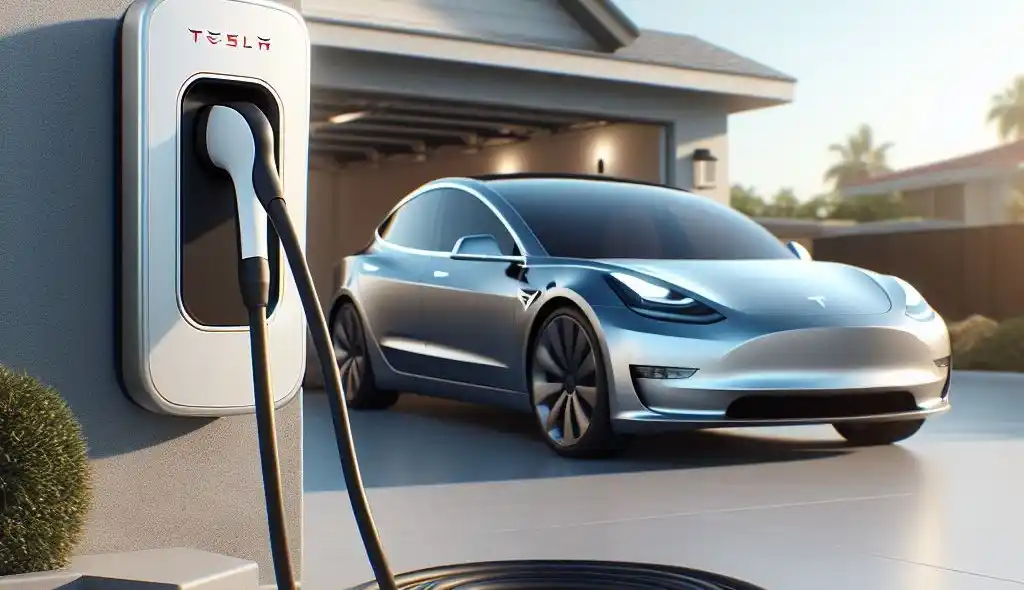
Why 6 Gauge Wire is the Recommended Choice
Tesla recommends using 6 gauge wire, also known as 6 AWG (American Wire Gauge), for their wall chargers. This recommendation is based on several factors, including safety, efficiency, and compliance with electrical codes. 6 gauge wire has a larger diameter than smaller gauge wires, allowing it to carry higher amperage without overheating or posing a fire risk.
Safety Considerations for Wiring a Tesla Charger
When installing a high-amperage charging system like a Tesla wall charger, safety should be the top priority. Using a wire gauge that is too small can lead to overheating, which increases the risk of electrical fires and potential damage to your home. A 6 gauge wire has a lower resistance than smaller gauge wires, reducing the amount of heat generated during the charging process. This ensures a safer installation that meets or exceeds electrical code requirements.
Optimal Charging Efficiency with 6 Gauge Wire
In addition to safety, using a 6 gauge wire ensures optimal charging efficiency for your Tesla. Thinner wire gauges have higher resistance, which can result in voltage drop and reduced charging speed. By opting for 6 gauge wire, you can minimize voltage drop and ensure that your Tesla receives the maximum available amperage, allowing for faster charging times and more efficient use of your charging system.
Best Practices for Installing 6 Gauge Wire for Tesla Chargers
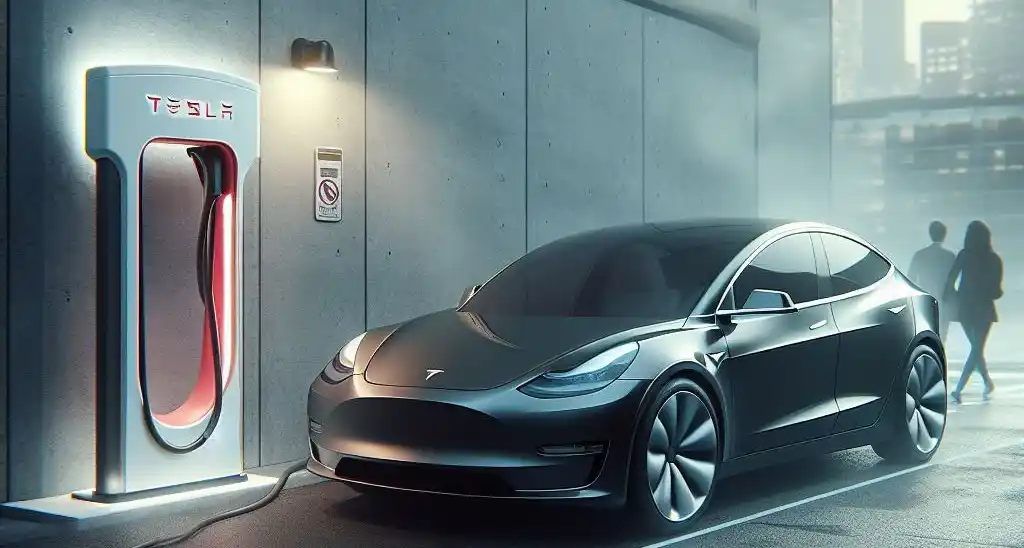
Choosing the Right Conduit and Wiring Materials
To ensure a safe and compliant installation, it is essential to use the appropriate conduit and wiring materials when running a 6 gauge wire for your Tesla charger. Consult with a licensed electrician to determine the correct conduit size and type, as well as the specific wire specifications, such as THHN (Thermoplastic High Heat-resistant Nylon-coated) or XHHW (Cross-Linked High Heat Water-Resistant) insulation. Additionally, ensure that you use copper wire, as it offers better conductivity and safety compared to aluminum.
Following Electrical Codes and Regulations
When installing a Tesla wall charger, it is crucial to adhere to local and national electrical codes and regulations. These codes provide guidelines for safe electrical installations, including requirements for wire gauge, conduit size, and circuit breaker specifications. Failure to follow these codes can result in safety hazards and potentially invalidate your insurance coverage in the event of an electrical incident.
Hiring a Licensed Electrician for Professional Installation
While some homeowners may be tempted to tackle the installation of a Tesla wall charger themselves, it is highly recommended to hire a licensed electrician for the job. Electrical work, especially with high-amperage systems like Tesla chargers, can be complex and dangerous if not done correctly.
A professional electrician has the knowledge, experience, and tools to ensure a safe and code-compliant installation, reducing the risk of electrical hazards and ensuring the longevity and optimal performance of your charging system.
Addressing Common Concerns and Misconceptions about Wire Gauge for Tesla Chargers
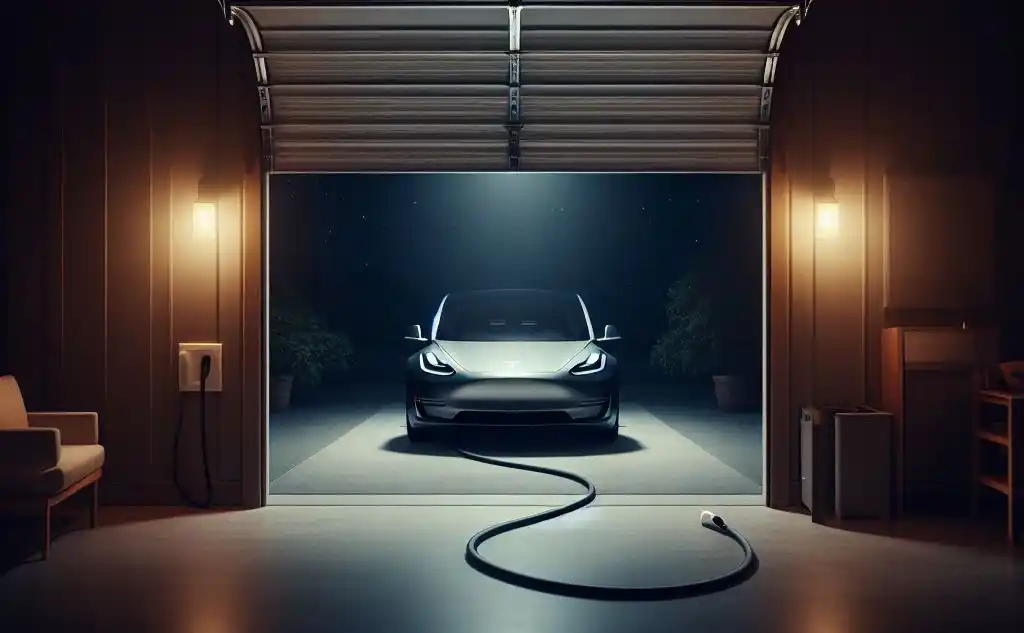
Why Tesla Recommends a Smaller Gauge Wire Compared to Online Charts
One common misconception among homeowners is the belief that Tesla recommends a smaller gauge wire for their chargers compared to what online charts and calculators suggest. In reality, Tesla’s recommendation of 6 gauge wire for their chargers is in line with industry standards and electrical codes. Online charts and calculators often provide general guidelines that may not consider the specific requirements of Tesla’s charging systems or local electrical codes.
Debunking the Myth: “Bigger is Always Better” for Wire Gauge
Some homeowners might assume that using a larger gauge wire, such as 4 AWG, is always better for a Tesla charger installation. However, this misconception can lead to unnecessary costs and potential complications. Using a wire gauge that is too large can result in issues with proper termination, as the terminals on the charger and circuit breaker may not be designed to accommodate oversized wires. Additionally, larger gauge wires can be more challenging to work with during installation, especially when navigating tight spaces or bends.
Addressing Concerns about Wire Gauge and Charge Rate
Some homeowners may express concerns that using a smaller gauge wire, such as 6 AWG, might limit the charge rate of their Tesla. However, this is not the case. The charge rate of a Tesla charger is determined by the amperage rating of the charger itself, not the wire gauge.
As long as the wire gauge is appropriately sized to handle the amperage requirements of the charger, it will not affect the charging speed or performance.
Conclusion Installing a Tesla wall charger is a significant investment that requires careful consideration and attention to detail. By choosing a 6 gauge wire, you can ensure a safe, efficient, and code-compliant installation that will provide optimal charging performance for your Tesla.
While there may be misconceptions and concerns surrounding wire gauges, understanding the reasons behind Tesla’s recommendations and following best practices will lead to a successful and reliable charging system. Always consult with a licensed electrician to ensure that your installation meets all safety standards and electrical code requirements.
FAQs
Can I use a thinner wire gauge, like 8 AWG, for my Tesla wall charger installation?
No, using a wire gauge thinner than 6 AWG is not recommended for Tesla wall charger installations. Thinner gauge wires have higher resistance, which can lead to overheating, voltage drop, and potential safety hazards. Adhering to Tesla’s recommendation of 6 AWG or larger ensures that your charging system operates safely and efficiently.
Is it necessary to use a separate ground wire when installing a Tesla wall charger with a 6 gauge wire?
Yes, including a separate ground wire when installing a Tesla wall charger is crucial. The ground wire provides a safe path for electrical current in case of a fault or short circuit. Failing to include a ground wire can compromise the safety of your installation and increase the risk of electrical hazards.
Can I use a 6 gauge wire for a Tesla charger if I have a 100-amp electrical service in my home?
Yes, using 6 gauge wire for a Tesla charger is appropriate, even if your home has a 100-amp electrical service. The amperage of your electrical service does not directly impact the wire gauge requirements for your Tesla charger. As long as you follow Tesla’s recommendations and install the correct breaker size, a 6 gauge wire will provide a safe and efficient installation.
What is the maximum distance I can run 6 gauge wire for a Tesla wall charger installation?
The maximum distance you can run 6 gauge wire for a Tesla wall charger installation depends on several factors, including voltage drop considerations and local electrical codes. Generally, for a 48-amp or 60-amp charger, you can run 6 gauge wire up to 60 feet without significant voltage drop. However, it’s essential to consult with a licensed electrician to determine the exact maximum distance based on your specific installation requirements and local codes.
Can I use aluminum wire instead of copper for my Tesla wall charger installation?
While it is possible to use aluminum wire for some electrical installations, it is not recommended for Tesla wall charger installations. Copper wire offers superior conductivity, safety, and resistance to corrosion compared to aluminum. Tesla and most electrical codes recommend using copper wire, especially for high-amperage applications like electric vehicle charging systems.

